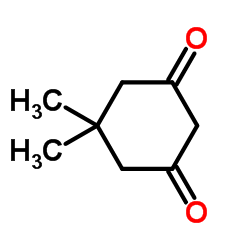Contemporary techniques for detecting and identifying proteins susceptible to reversible thiol oxidation.
Joseph R Burgoyne, Philip Eaton
Index: Biochem. Soc. Trans. 39(5) , 1260-7, (2011)
Full Text: HTML
Abstract
Elevated protein oxidation is a widely reported hallmark of most major diseases. Historically, this 'oxidative stress' has been considered causatively detrimental, as the protein oxidation events were interpreted simply as damage. However, recent advances have changed this antiquated view; sensitive methodology for detecting and identifying proteins susceptible to oxidation has revealed a fundamental role for this modification in physiological cell signalling during health. Reversible protein oxidation that is dynamically coupled with cellular reducing systems allows oxidative protein modifications to regulate protein function, analogous to phosphoregulation. However, the relatively labile nature of many reversible protein oxidation states hampers the reliable detection and identification of modified proteins. Consequently, specialized methods to stabilize protein oxidation in combination with techniques to detect specific types of modification have been developed. Here, these techniques are discussed, and their sensitivity, selectivity and ability to reliably identify reversibly oxidized proteins are critically assessed.
Related Compounds
| Structure | Name/CAS No. | Molecular Formula | Articles |
|---|---|---|---|
 |
Dimedone
CAS:126-81-8 |
C8H12O2 |
|
[The role of aldehydes in development of oxidative stress un...
[Fiziol. Zh. 59(1) , 25-31, (2013)] |
|
Thiol-blocking electrophiles interfere with labeling and det...
2013-12-01 [FEBS J. 280(23) , 6150-61, (2013)] |
|
Open season for hunting and trapping post-translational cyst...
2011-04-11 [ChemBioChem. 12(6) , 841-4, (2011)] |
|
"Danger" conditions increase sulfamethoxazole-protein adduct...
2009-11-01 [J. Pharmacol. Exp. Ther. 331(2) , 372-81, (2009)] |
|
Formation and reactions of sulfenic acid in human serum albu...
2010-01-01 [Meth. Enzymol. 473 , 117-36, (2010)] |